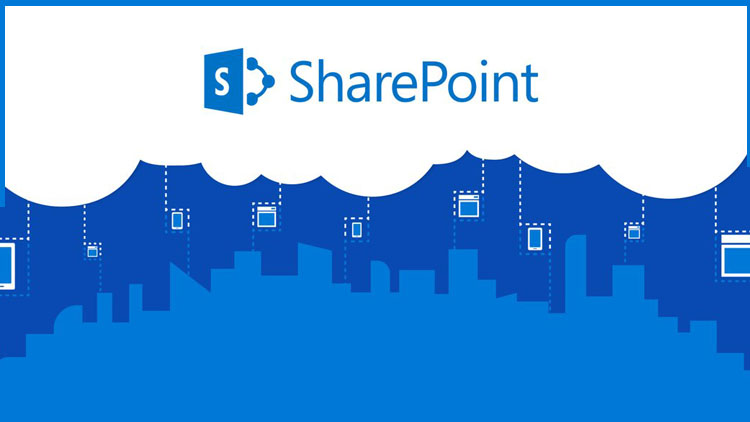Introduction
Integrating SharePoint with PEGA presents a powerful solution for organizations seeking to enhance their operational efficiency and collaboration capabilities. SharePoint, a leading content management platform, facilitates document sharing and team collaboration, while PEGA excels in automating complex business processes and managing workflows. This integration allows businesses to leverage the strengths of both platforms, ensuring streamlined access to documents and improved process automation. By connecting SharePoint’s robust document management features with PEGA’s dynamic workflow capabilities, organizations can foster a more efficient, organized, and collaborative work environment, ultimately driving productivity and enhancing decision-making across teams. Consider checking the SharePoint Course to learn how to integrate SharePoint with PEGA.
Insight Into SharePoint And PEGA
SharePoint and PEGA are two distinct platforms used for different purposes but are often employed in enterprise environments for collaboration and process automation.
SharePoint
SharePoint is a web-based platform developed by Microsoft, primarily used for content management, document collaboration, and team communication within organizations. It integrates with Microsoft Office and provides features like version control, document libraries, workflow automation, and secure access to shared resources. Companies use SharePoint for intranets, file management systems, and collaborative workspaces. It enables users to create and manage content, streamline workflows, and collaborate efficiently on projects while maintaining security controls and user permissions.
PEGA
PEGA, developed by Pegasystems, is a Business Process Management (BPM) and Customer Relationship Management (CRM) tool. It’s widely used for automating complex business processes, enabling organizations to design, build, and deploy applications faster. PEGA’s low-code development environment allows for creating robust, scalable applications with minimal coding effort, making it popular for process automation in industries like finance, healthcare, and insurance. It supports workflow automation, case management, decision-making, and integration with various systems. Join the Pega RPA Training program for greater opportunities in this field.
While SharePoint focuses on collaboration and document management, PEGA emphasizes automating and managing workflows to improve operational efficiency. Both are key tools in digital transformation strategies.
How Is SharePoint Integrated With PEGA?
Integrating SharePoint with PEGA combines the collaborative power of SharePoint’s content management system with PEGA’s robust process automation capabilities. This integration allows organizations to streamline workflows, enhance document management, and ensure seamless data exchange between systems, ultimately improving efficiency and collaboration. Refer to the SharePoint Course to learn more.
Key Benefits of Integrating SharePoint with PEGA:
- Centralized Document Management: SharePoint serves as a repository for storing and managing documents, while PEGA can use this content for various workflows. By integrating both platforms, PEGA users can access, store, and manage documents directly from SharePoint within PEGA applications, maintaining a centralized content management hub.
- Improved Workflow Automation: PEGA excels at automating business processes, while SharePoint manages content and collaboration. When integrated, PEGA workflows can incorporate SharePoint documents, automating tasks such as document approvals, updates, or versioning. This allows workflows to be more efficient and aligned with organizational document policies.
- Enhanced Collaboration: SharePoint’s collaboration tools, such as file sharing, co-authoring, and version control, become available within PEGA workflows. This enhances collaboration by allowing teams to work on documents. That case simultaneously, ensures the latest information is always accessible within PEGA-driven processes.
- Seamless Case Management: PEGA’s case management feature can be integrated with SharePoint to store and track documents related to specific cases. For example, legal cases or customer service issues can have associated documents stored in SharePoint. While PEGA manages the workflow and process steps, ensuring that all documentation is centralized and accessible.
- Security and Compliance: SharePoint’s security features, including access control, document permissions, and compliance policies, can be maintained when documents are accessed from PEGA. This ensures that sensitive documents are secure while being used in PEGA processes.
Integration Approaches
- Custom APIs: APIs can be used to create custom solutions that enable SharePoint to communicate with PEGA. PEGA’s API can interact with SharePoint to retrieve, update, and store documents within SharePoint libraries.
- PEGA Connectors: PEGA has out-of-the-box connectors that allow for easier integration with third-party systems like SharePoint. These connectors can streamline the integration process without heavy custom development.
Thus, integrating SharePoint with PEGA enhances document management, improves workflow automation, and strengthens collaboration across teams, making it an essential solution for businesses focused on efficiency. Aspiring professionals can join Pega RPA Training for the best skill development.
Conclusion
In summary, integrating SharePoint with PEGA offers significant advantages. Which is combining SharePoint’s robust document management and collaboration tools with PEGA’s process automation and workflow capabilities. This synergy enhances operational efficiency, allowing for streamlined document handling, better case management, and improved collaboration within business processes. With various integration approaches like custom APIs or PEGA connectors, organizations can tailor the integration to their specific needs. Ensuring seamless interaction between the two platforms. Overall, this integration supports improved productivity, centralized content management, and stronger security controls, making it a powerful solution for enterprise environments.













